The treaty dividing Hungary into pieces was signed at 4:32 p.m. in the Galérie des Cotelles of the Grand Trianon in Versailles.Continue reading
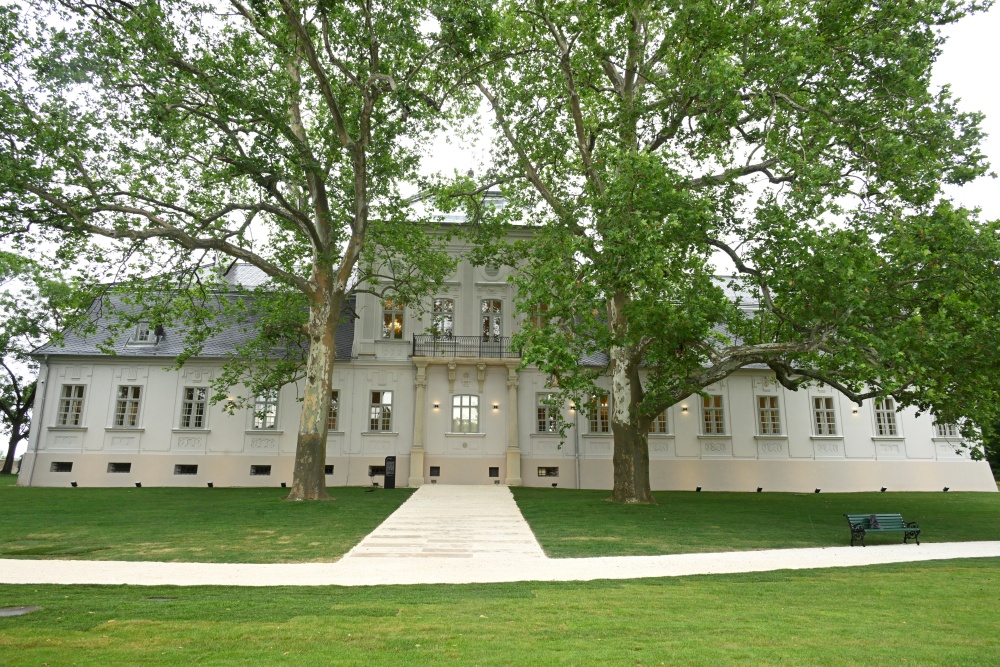
The renovated Tisza Castle in Geszt, Békés County (eastern Hungary), was inaugurated on Tuesday, the Day of National Unity.
In his welcome speech, Dr. József Kovács, Member of Parliament (Fidesz) for the region, called Geszt a symbolic place and recalled the history of the castle. As he said, it was built between 1761 and 1772, by a nobleman, László Tisza. The last family member left the village in 1944.
Famous Hungarian figures such as poet János Arany, and novelists Kálmán Mikszáth and Mór Jókai also visited the castle, the latter having modeled the protagonists of his novel The Sons of the Stone-Hearted Man on the Tisza family.
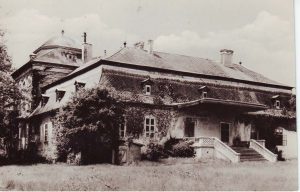
The Tisza Castle in 1902. Photo: Wikipedia
The MP said that the castle was also the home of two prime ministers: first Kálmán Tisza, who was prime minister of Hungary between 1875 and 1890. After Kálmán’s death, the building became the property of Count István Tisza, who was prime minister from 1903 to 1905, and again from 1913 to 1917, and Speaker of the National Assembly in 1902, and 1912-1913. Unlike his father, István faced ‘hard times’ and was assassinated in his own home on October 31, 1918, during the Aster Revolution.
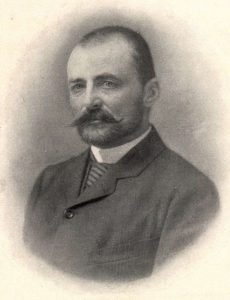
István Tisza. Source: Wikipedia
The restoration of the castle has been underway since 2016. According to the Ministry of Construction and Transport, the Tisza Castle was renovated with HUF 13.5 billion (EUR 34.4 million). The money was also used to set up
a permanent exhibition covering an area of 1,000 square meters in 25 locations, presenting the history of the Tisza family and contemporary Hungary along four themes: politics, church, family, and culture.
In addition, the project included the reconstruction of the János Arany Memorial House, the guest house, and the Tisza crypt outside the village, as well as the renovation of the road leading to it. The castle park was also revitalized on 20 hectares.
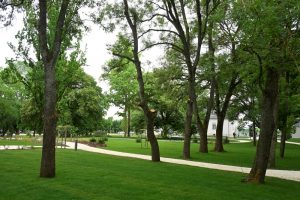
The castle park. Photo: MTI/Koszticsák Szilárd
The three-story Baroque-style castle has also been the venue of government meetings and reportedly, of negotiations and decisions affecting the fate of the country.
At the end of the Second World War, all its furnishings were destroyed after being looted by invading Romanian-Soviet troops. Following the subsequent nationalization, a primary school and a cultural center were established in the castle in 1949, and later the municipal library of Geszt was also housed here.
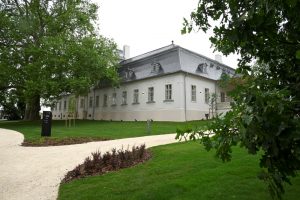
Photo: MTI/Koszticsák Szilárd
The event was also attended by Prime Minister Viktor Orbán. In his speech, he stressed that “today we must endeavor to achieve what Prime Minister István Tisza failed to do: to prevent Hungary from taking part in another European war.” Today, however, “we are sovereign,” he noted, adding that the chances of achieving this are better than they have been for 110 years.
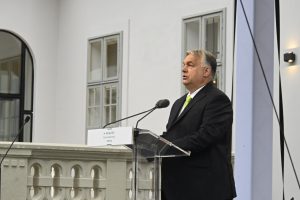
Viktor Orbán. Photo: MTI / Koszticsák Szilárd
He underlined that it has now also become clear that the rights of the peoples of Central Europe can be defended today not against the Hungarians, but in unity with the Hungarians. The Prime Minister called June 4 the day of the attempted murder of the Hungarian nation, stressing that 104 years ago, Hungary was subjected to a cruel, merciless, and unjust dictate.
“Millions of Hungarians have become strangers in their own homeland, the color of Hungarian industry and farmland has disappeared, our great universities, our most beautiful cities, our cultural values, and the defining scenes of our national memory have been lost beyond our borders,” he said, listing the consequences.
The Hungarian is the one who is most hurt by the national wound of Trianon,”
he stressed.
Via MTI, Featured image: MTI/Koszticsák Szilárd